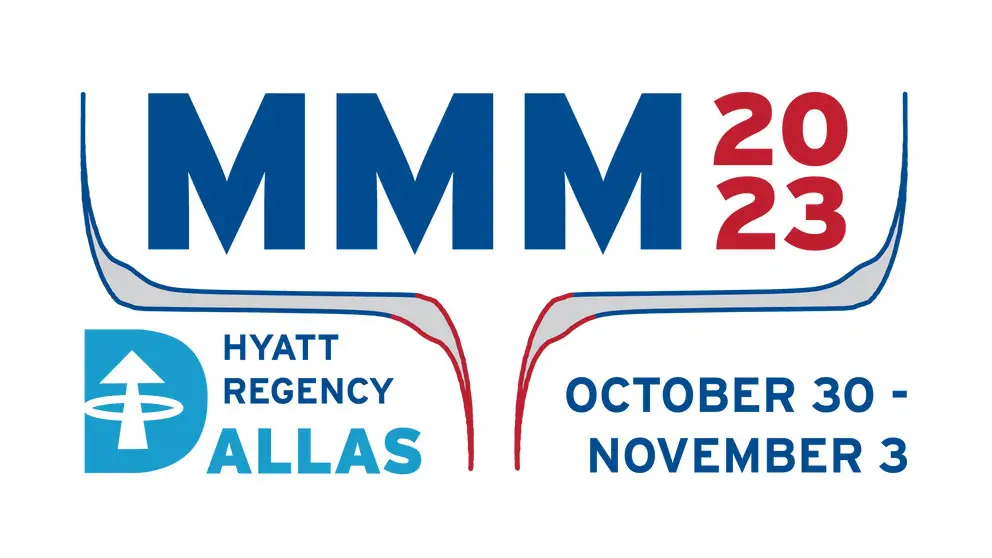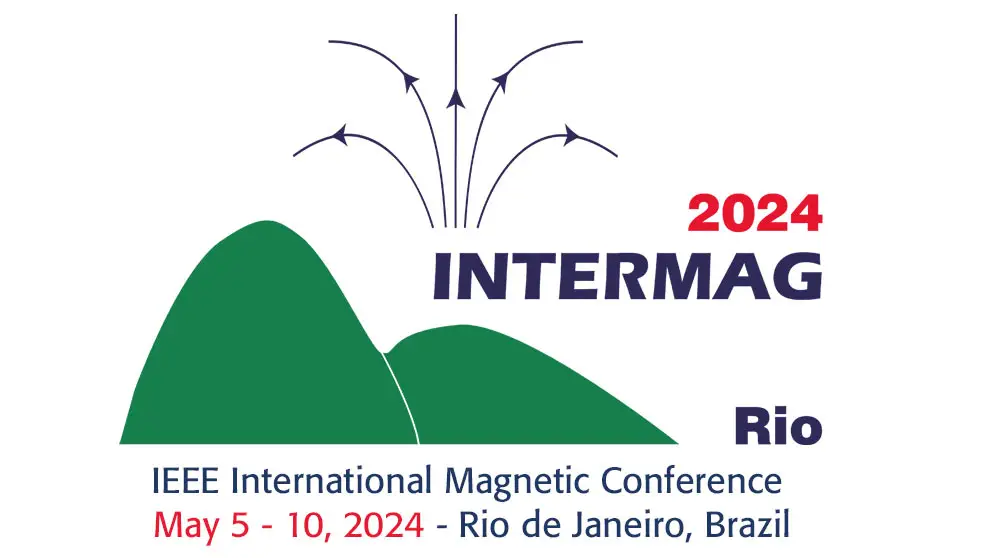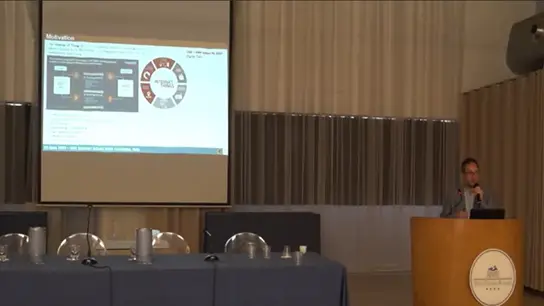EA-01: Orbitronics: light-induced orbit currents in TeraHertz emiision experiments
Yong Xu, Fan Zhang, Henri-Yves Jaffrès, Yongshan Liu, Renyou Xu, Yuhao Jiang, Houyi Cheng, Albert Fert and Weisheng Zhao
Oral
03 Nov 2023
Recent progress in orbitronics reveals the possibility of using orbit current as an information carrier. Several recent works have highlighted the importance of the orbital degree of freedom in condensed matter physics and kicked off the emergent research field of orbitronics [1]. Orbitronics exploits the transport of orbital angular momentum through materials by orbit currents which can be exploited as an information carrier in solid-state devices. As for the conversion between spin and charge current by SHE or SREE, it has been theoretically predicted and experimentally shown that a charge current can be converted into an orbit current via the orbital Hall effect (OHE) or the orbital Rashba-Edelstein effect (OREE) [2–4]. THz emission from magnetic heterostructures offers a unique opportunity for studying the orbital effects [5]. Here we show that orbital currents can be created by femtosecond light pulses on Ni layers and then converted to charge current pulses for the emission of terahertz pulses. Based on the new experimental method, we study the production of light-induced orbit current and their exploitation for terahertz emission from NM/Ni bilayers with NM = Cu, Ta or Pt. We find terahertz emission of the same polarity with Cu, Ta, and Pt as NM in NM/Ni bilayers despite the opposite SHE of Ta with respect to Pt (this common polarity is also opposite to the polarity of the AHE-induced emission by a Ni monolayer). We ascribe these results to an efficient light-induced emission of orbit currents in Ni, and we have presented a detailed analysis of them in the simpler situation of Cu/Ni from which, in addition, we can extract information on the velocity and orbital flip time of the orbit carriers. The main general results are that orbit currents can be generated not only by conversion from charge or spin currents but also induced by light. In THz emission experiments, the analysis of the emission delays can bring precious information on the dynamics of the orbit carriers. All these results open new routes for developing future devices using orbit currents.References: [1] D. Go, D. Jo, H.-W. Lee, et al., Europhys. Lett. 135, 37001 (2021). [2] D. Go, D. Jo, T. Gao, et al., Phys. Rev. B 103, L121113 (2021). [3] H. Kontani, T. Tanaka, D. S. Hirashima, et al., Phys. Rev. Lett. 102, 016601 (2009). [4] D. Lee et al., Nat. Commun. 12, 1 (2021). [5] Y. Xu, F. Zhang, Y. Liu, et al., arXiv:2208.01866.


